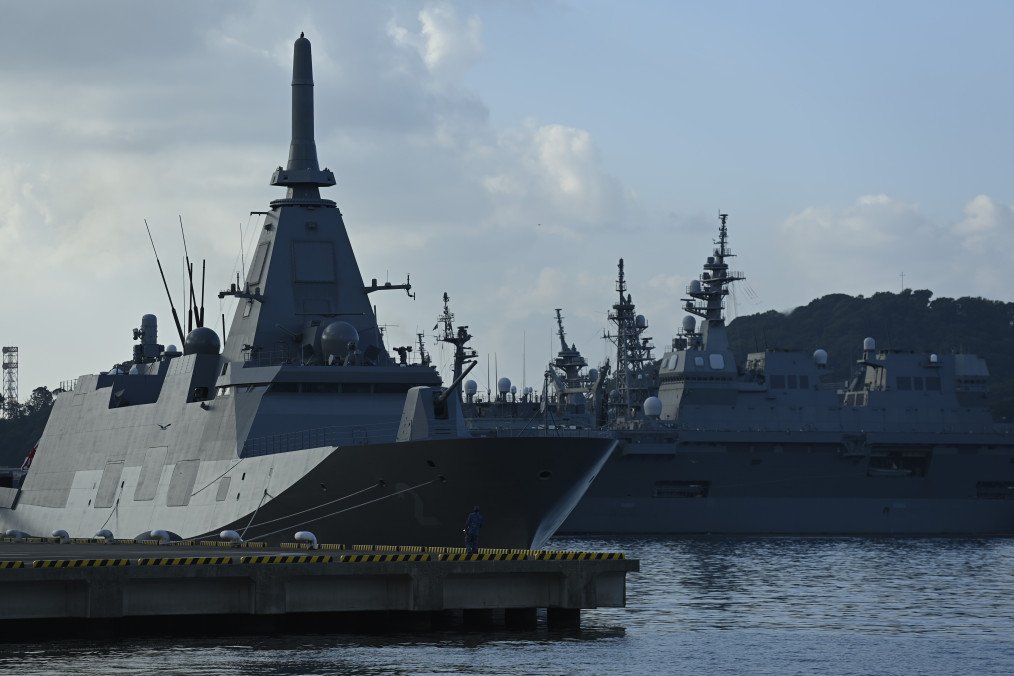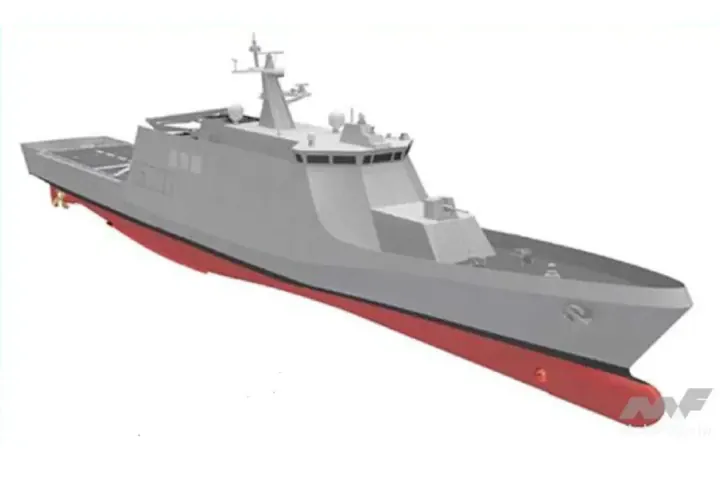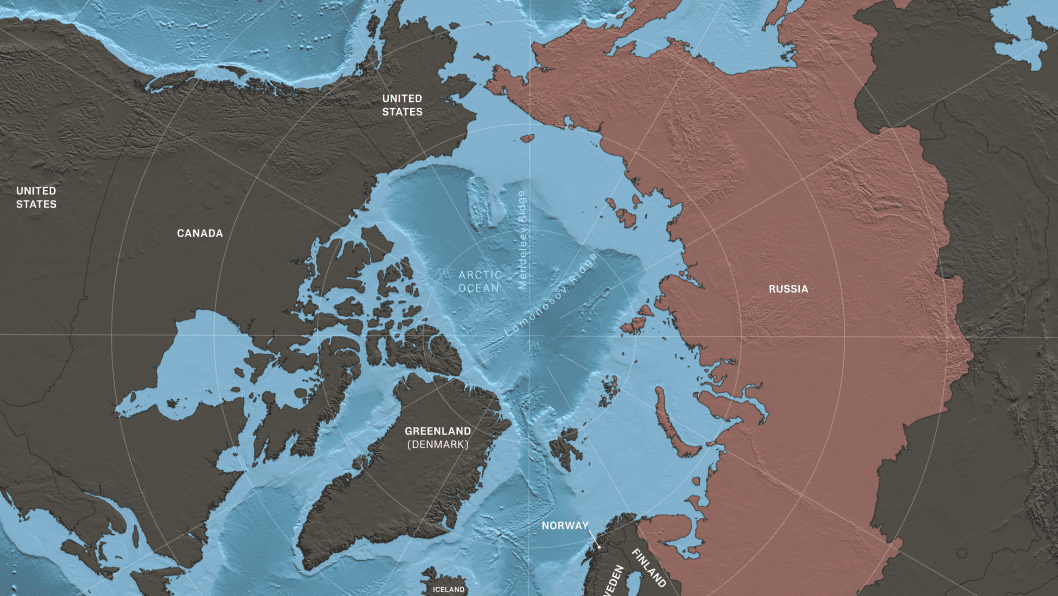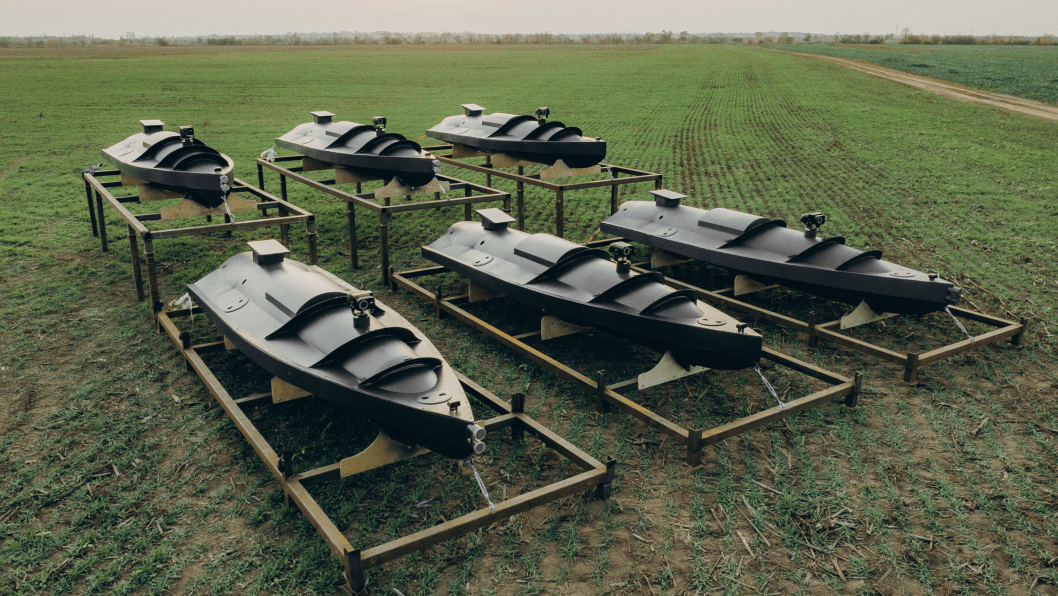- Category
- Latest news
Japan Launches Stealth Patrol Ship Program Amid Rising Russian Naval Presence

Japan has launched the construction of a new class of stealth patrol vessels in response to increasing Russian naval activity near its maritime borders.
The Japan Maritime Self-Defense Force (JMSDF) is set to receive twelve ships under the program, with the first four keels laid at the Japan Marine United shipyard in Yokohama in February 2025. Two additional vessels are scheduled to begin construction in November.
According to Army Recognition on May 12, the ships are being funded under the FY2023 budget, with each vessel estimated to cost ¥9 billion (approximately $58 million). The total budget for the program is ¥35.7 billion (around $230 million).
The first two ships are expected to launch in November 2025, followed by the next two in March 2026. All four are slated for delivery by March 2027.

Each ship will measure 95 meters in length and displace around 1,920 tons. The design features a reduced radar cross-section, infrared signature suppression, and advanced automation to reduce crew requirements to just 30 personnel.
The vessels are optimized for intelligence, surveillance, and reconnaissance (ISR) operations.
A modular architecture enables rapid reconfiguration of onboard weapons and systems. The ships will use containerized payload modules similar in concept to the US Mk.70 Payload Delivery System.
These 40-foot modules can accommodate a variety of missile systems, including anti-ship, anti-aircraft, and land-attack variants. In the base configuration, each ship will be armed with a remote-controlled 30 mm cannon and equipped with drone launch and recovery capabilities.

Initial UAV integration will focus on the V-BAT, a vertical take-off and landing drone developed by Shield AI. The drone can remain airborne for up to 10 hours and is designed for ISR missions in confined operational environments. The vessels are also expected to support both surface and underwater unmanned systems in the future.
The patrol vessels will operate primarily in regions around Hokkaido, the Sea of Japan, and the East China Sea, supporting Japan’s strategy of continuous maritime monitoring. While the ships are not intended for deployment in high-tension areas such as the Senkaku Islands, they will enhance persistent coverage across Japan’s southwestern maritime approaches.
Earlier, leaked Russian military documents dating back to 2013–2014 revealed that Moscow trained officers for a potential war with Japan and South Korea, identifying 160 strategic targets, including nuclear power plants, military bases, and transport infrastructure.
The files suggest long-standing preparations for eastern conflict scenarios and indicate Russia’s intent to link its European and Asian military planning.



-72b63a4e0c8c475ad81fe3eed3f63729.jpeg)


